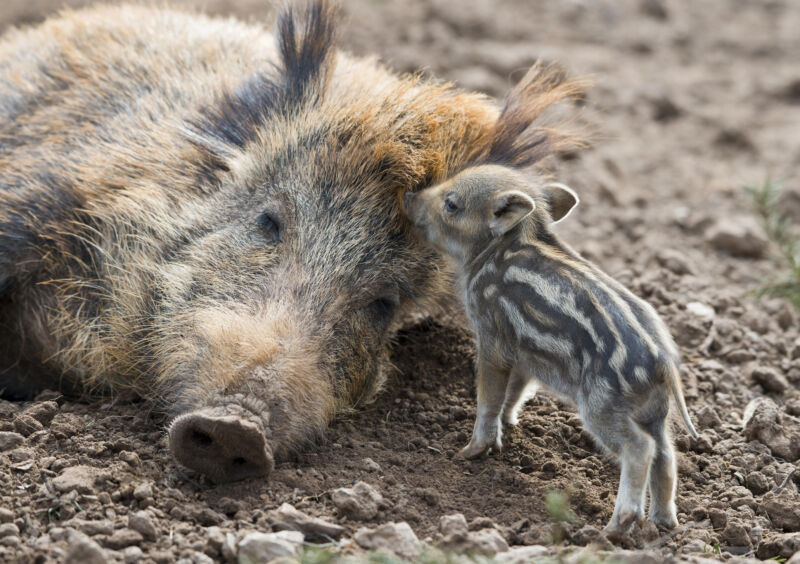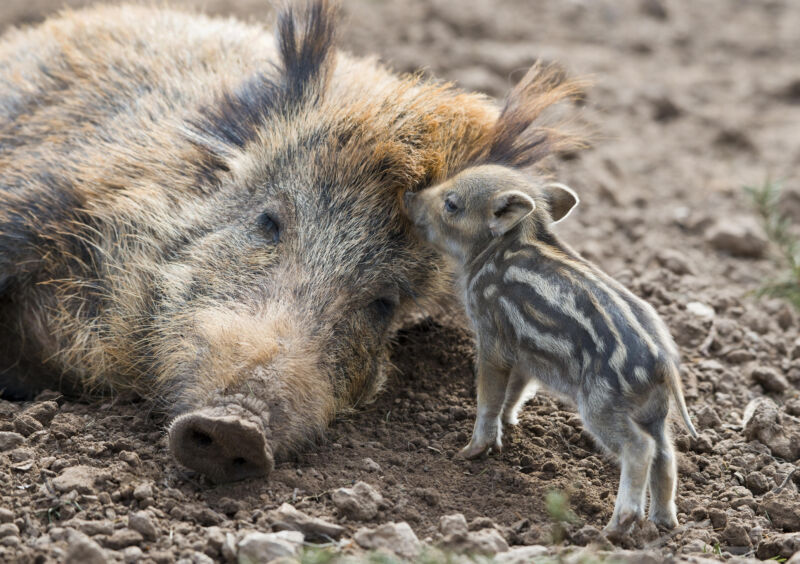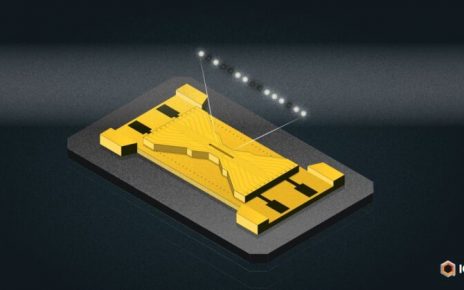
Enlarge (credit: Frank Sommariva )
Pigs have a long and illustrious history in North America. According to the University of Mississippi , they were initially introduced to the continent from Europe in the 1500s. In the 1900s, the Eurasian wild boar was also introduced. Over the years, escapee pigs and the introduced boars interbred, creating a nuisance: wild hogs.
These hogs have captured the imagination of the US. In 2019 , a tweet asking a “[l]egit question for rural Americans” went viral. The question: “How do I kill the 30-50 feral hogs that run into my yard within 3-5 mins while my small kids play[?]” There was even a TV show, called American Hoggers , about hunting these pigs, and it ran for four seasons starting in 2011. One of its stars, Dean Campbell, passed away over the summer. A small industry offering the experience of a lifetime—i. e. shooting hogs from a helicopter—also sprang up. If this seems somewhat macabre, it’s worth noting that feral pigs can cause $1. 5 billion in damages in the US each year—though it’s hard to say if this makes using assault weaponry against them any less gruesome.
At any rate, new research suggests that by using temperature and terrain, we can anticipate where these hogs are more likely to trot as they continue expanding across the continent. According to Lindsay Clontz, one of the paper’s authors and a University of Georgia masters’ graduate in forestry and natural resources, this could help the US manage the damage more effectively.





